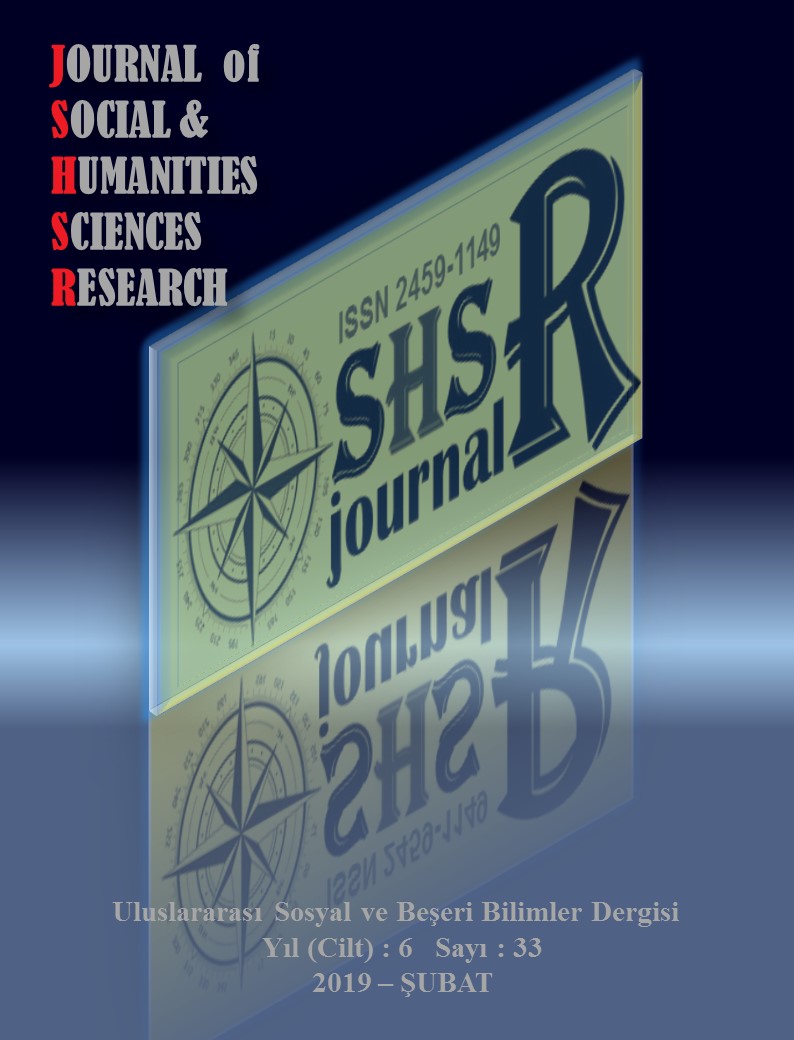CHALLENGES REGARDING THE LITERARY TRANSLATION: CLOSE-READING OF POE’S “TELL-TALE HEART” AND ANALYSING ITS TURKISH TRANSLATIONS
DOI:
https://doi.org/10.26450/jshsr.1096Keywords:
Literary Translation, Text analysis, Close-Reading, Short Story AnalysisAbstract
This study mainly aims to illustrate the difficulties emerging in the process of translating a literary work, which could only be apparent through close- reading of that literary work in its source language and context. The literary work chosen for this purpose is a short story from American literature; “The Tell-Tale Heart” by Edgar Allan Poe. Both close-reading process of this short narrative and investigating its critics could help to understand the main motifs of the source text. Also perceiving the context in which the text is produced could be useful to interpret the semiotic components in the text. In addition, this study presents some research on the author and his thoughts in order to gain an insight on what foundations he designed this particular work, what message he could have possibly wished to deliver and most importantly with what motives he could have produced that narrative.
The close-reading and background research process determined the most significant motifs in the source text as sanity – insanity controversy, time obsession, Eye / I relationship, Evil Eye concept, hypocrisy, “insanity defence” in the nineteenth century and I-it relationship.
Having completed the close-reading of the source text, obtaining the data related with the background of the author and having investigated critical writings both on the text and the author, translations into Turkish language have been analysed in order to find the difficulties emerging from the semiotic and semantic issues surrounding the text, author’s thoughts and the context in which the text was produced with regard to the translation process. The analysis process has been carried out on eight different Turkish translations of the short story. It is found that, on the surface level, the source text and the target texts both share the same semiotic signs. However, the deeper analysis of the source text reveals a number of differences. Apart from these, some organic differences, for instance the use of capital letter and punctuation marks shows differences, which could channel the reader’s attention and conception to different points. All these differences in the levels of semiotic, semantic and organic elements could demonstrate the challenges literary translators might encounter. The challenges could be considered to be arising from the translator’s decisions whether to stay close to the source text or the target text. The theoretical base for the choice of translator will be discussed regarding to Toury’s translation norms. At the end of the study, prospects relating the literary translation will be supplied. The present study concludes with the suggestions regarding how to deal with these challenges of literary translation.
Downloads
Published
How to Cite
Issue
Section
License
Copyright (c) 2019 INTERNATIONAL JOURNAL OF SOCIAL HUMANITIES SCIENCES RESEARCH

This work is licensed under a Creative Commons Attribution 4.0 International License.


